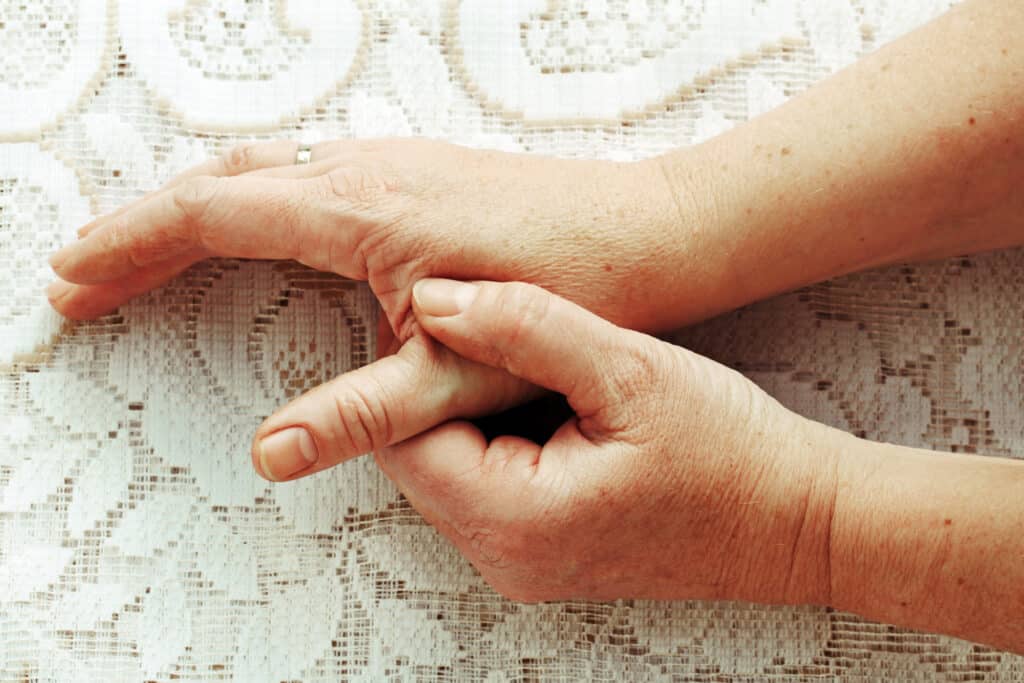
Thumb UCL sprains, also known as gamekeeper’s thumb or skier’s thumb, can be a painful and debilitating injury. This type of injury occurs when the ulnar collateral ligament (UCL) in the thumb is stretched or torn. In this blog post, we will explore what triggers thumb UCL sprains, common symptoms, and treatment options available to help you recover and get back to your normal activities.
Causes of Thumb UCL Sprains: One of the most common causes of thumb UCL sprains is a sudden forceful movement that involves bending or twisting the thumb in an unnatural position. This can happen during activities such as skiing, basketball, or even something as simple as catching yourself during a fall. Additionally, repetitive stress on the thumb joint from activities like gripping or pinching can also lead to UCL sprains over time.
Symptoms of Thumb UCL Sprains: If you have experienced a thumb UCL sprain, you may notice symptoms such as pain at the base of your thumb, swelling, bruising, and difficulty gripping objects. In more severe stages of thumb UCL sprains, you may even feel instability in your thumb joint or hear a popping sound when moving it. It is important to seek medical attention if you suspect a UCL sprain to prevent further damage and promote proper healing.
Treatment Options for Thumb UCL Sprains: When it comes to treating thumb UCL sprains, both physiotherapists and chiropractors can play a crucial role in your recovery. Physiotherapists can provide exercises to strengthen the muscles surrounding the thumb joint and improve range of motion. Chiropractors can perform manual adjustments to realign the bones in the hand and wrist to reduce pain and inflammation. Some people may even feel thumb UCL sprain pain at night. Additionally, wearing a splint or brace may be recommended to immobilize the thumb and allow it to heal properly.
Recovery Process for Thumb UCL Sprains: The recovery process for a thumb UCL sprain can vary depending on the severity of the injury. In mild cases, rest, ice, compression, and elevation (RICE) may be sufficient to alleviate symptoms and promote healing. However, more severe cases may require surgery to repair the torn ligament followed by extensive rehabilitation with a physiotherapist or chiropractor.
Preventing Future Thumb Injuries: To prevent future thumb injuries such as UCL sprains, it is important to practice proper hand positioning during physical activities and avoid putting excessive strain on your thumbs. Using protective gear such as gloves or braces can also help reduce your risk of injury while participating in sports or other high-impact activities.
Thumb UCL sprains can be painful and inconvenient but with proper treatment and rehabilitation from physiotherapists or chiropractors, you can recover fully and regain function in your hand. By understanding what triggers these injuries and taking steps to prevent them in the future, you can protect your thumbs from unnecessary strain and enjoy an active lifestyle without fear of injury. Remember to listen to your body’s signals and seek medical attention if you suspect a serious injury like a thumb UCL sprain.
For a thorough look at how ligament injuries affect grip and motion, see our comprehensive thumb UCL sprains guide.

